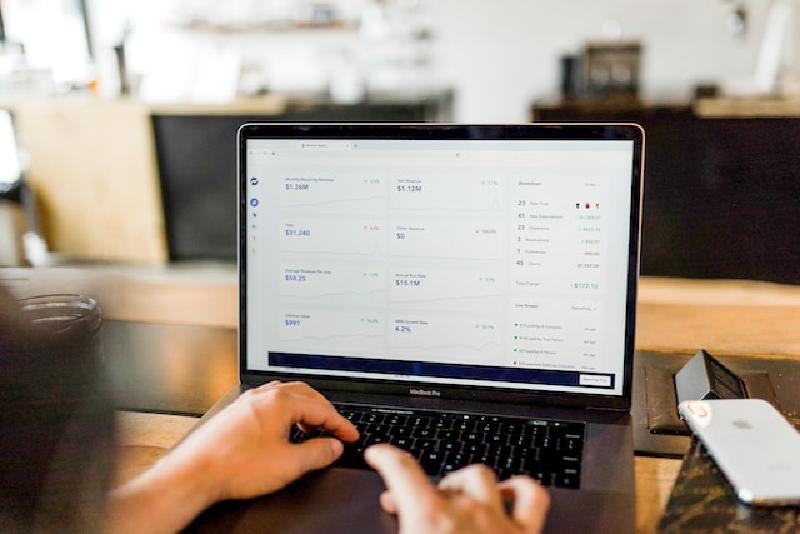Thanks for reading, my name is Sergio Flores and I’m a Fractional CTO & Digital Transformation Consultant; I help entrepreneurs and business managers to execute their vision by enabling the technology to support it. You can reach me using the form below, or from my website SAFT.Industries.
Today I’d like to talk to you about what I consider the five most common mistakes to avoid when creating SAAS applications. I have made all of these mistakes, so let’s see them!
-
Thinking that your app is going to be loved and an immediate runaway success the very second you show it to a prospect. Now, of course you need to believe in the merits of your project, but it’s a big stretch to go from there, to plain believing that nothing can go wrong and that potential customers are going to be dying to get the product asap. I think the media has a lot to do with this idea, since we always hear stories about these kinds of successes; however, if you examine those stories further, you often find nuances that make them far less appealing; for example, you often a find a founder with 10 or 20 years of experience in the subject matter and 3 or 4 previous failed attempts, or you find an enormous budget and a complete marketing team behind the virality, and other such things. Most likely, your experience will be that, if your SAAS is worthwhile for your customers, they’ll eventually get around to buy it, but the process won’t be as fast or as smooth as you would like.
-
Not validating your idea with actual customers ASAP. Nowadays, when I start discussing a new project for a client, the very first thing I say is “Cut features, make it ugly, make sure the main feature works, and get prospects on the phone.” This is extremely important and is the “M” in MVP, which stands for Minimum Viable Product. Keyword MINIMUM. Too often, we want to get our product’s first versions as perfect as humanly possible, delaying contact with the customers and adding features, tweaking, rethinking and “improving” based on our own ideas. The problem is that we are missing the input from the most important person for the financial success of a product: the customer. So you run the risk of creating a beautiful, perfect product… that nobody wants, because it doesn’t actually do what the customers need it to do, because nobody asked them what they wanted or needed. Therefore, cutting features, and making an ugly but functional first version is key to future success, with the most immediate goal being to get customers talking.
“Cut features, make it ugly, make sure the main feature works, and get prospects on the phone.”
-
Not including safeguards against abuse. This can quickly kill you if your app is the happy recipient of a virality success that turns into an overnight nightmare when you discover you’re the victim of technical exploitation from randoms on the internet. Apps that offer free features are particularly prone to this problem. To clarify, by exploitation, I don’t necessarily mean a bona fide hack, though that can happen, but rather, a misuse of the system design, or the obtaining of undue benefits from a system’s side effect. Therefore, whatever features you’re releasing to the public, the app will benefit by having some thought put into preventing the aforementioned misuse as much as possible.
-
Overfitting the design to a particular customer. This happens mostly in the B2B realm, when you have a working product, you have already showed it around, and now you have one (or more!) very enthusiastic prospect(s). During meetings they come up with a whole bunch of wonderful ideas that would make your product perfect: “Why don’t you add this?”, “How about that?”, “Product X has Y, it’d be amazing if you add it.”, and so on. Now, I want to be clear and say that these people are not doing this out of malicious intent, it’s just that they are not SAAS product designers and don’t have the complete picture to make product decisions. Overfitting happens when you take their ideas and implement them without asking other customers, then later discover that while their ideas were great for them, they don’t actually work for the rest of your customer base.
-
Not publishing the app. Making a SAAS is risky. Even with all your ducks in a row, the outcome will still be uncertain. Unfortunately, for some people, that’s enough reason to reject the idea completely, whereas a more positive frame of mind would be to say, instead: “Will this work? Well, I don’t know, let’s find out.” Therefore, the goal of the initial versions should not be to get rich quick, but to find out if there’s actually a viable business lurking behind the idea, or not at all. So it’s an investigation process with an unknown outcome, and the situation for most apps is that it’s cheaper, easier and more effective to just produce an MVP and try to sell it, than spending a lot of money and time in inconclusive market research; but of course, the alternative, which is not doing anything at all, means missing out on the potential opportunity.
There you go, those are five mistakes to avoid when creating SAAS applications. Thanks again for reading and see you next time!
Are you interested in learning more about this process or explore how could it be applied to your particular needs? Please send me a message using the form below, for a no-commitment, exploratory talk about your project.

